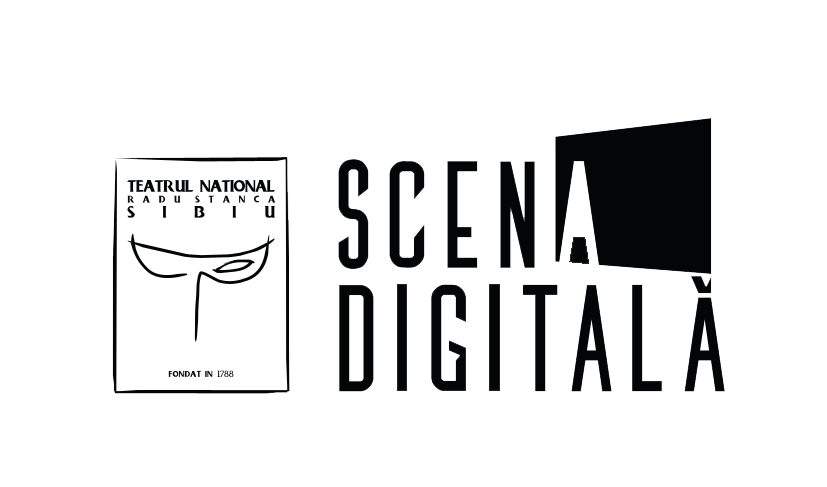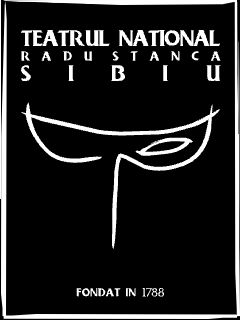‘Camino Real is a city at the end of the world, in a police state, an undetermined country in Latin America. The main conflict unfolds between the absolute power represented by Gutman (alongside his officers) and ordinary people, including street vendors, fortune tellers and prostitutes. Gutman denies the only source of water available to the poor and alienated and makes public threats that an uprising or a revolution could lead to the end of the world.
The historic and literary characters brought to life by Tennessee Williams are Don Quixote, Casanova, Camille and Lord Byron. They are painted as contemporary people who hope to find their purpose in life and live together in a place where corruption and indifference paralysed and almost destroyed human spirit. We witness an adventure fraught with humour, dazzle, poverty, passion, despair and indulgence, an ineluctable road. As in a wild dream, the journey of the main hero, Kilroy, can be interpreted as an apocalyptic tunnel of human condition, a delirium in a city of sin, or the pathway to redemption. A former box champion, the main character “with a heart as big as a child’s head” faces the choices in his life perhaps for the last time. Kilroy, this innocent stranger, is tempted, robbed, beaten, killed and perhaps, in the end, redeemed.
“Camino real” is made up of a prologue and sixteen “crossroads”. The buildings between the sixteen streets are populated to the brim, shrouded in mystery, richness or poverty, and fleshly lusts, in the image and likeness of the creatures that populate them. As shown by the author, “Camino real” implies building a parallel world, a separate existence. As a result, the play is not divided into traditional acts, but in “crossroads”, a dramatic construction representing the modern concept of time - fragmented, rather than linear. This fragmentation of human experience suggests the instantaneous focus on the moment, the event that is caught in time and frozen in space. Here, the spectator can dwell in the hidden nooks of human motivations, where behaviour is as clear as it is complex. The play refuses to accept time as sequential or as something that all human beings perceive as uniform. Spectators are not mere eyewitnesses but are invited to participate. Not to a “game”, a “predictable farce”, an exposition-plot-action-climax-conclusion, but rather to a delirious fragmentation generated by the human mind itself.
The main message of the play revolves around a meditative progression that looks at the freedom of thought and mobility of those marginalized and criminalised relative to the absolute power of restrictive forces.’ Cosmin Chivu, director




.jpg?locale=en)
.jpg?locale=en)
.jpg?locale=en)
.jpg?locale=en)



